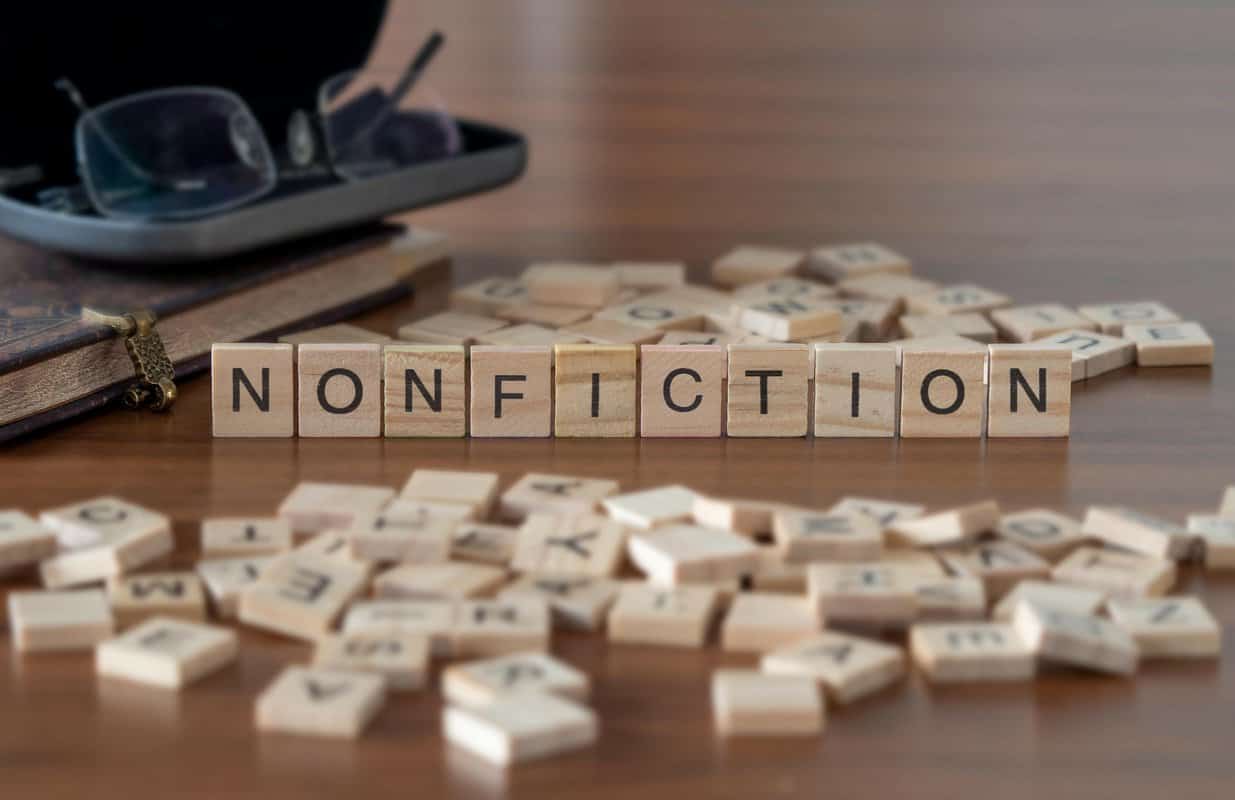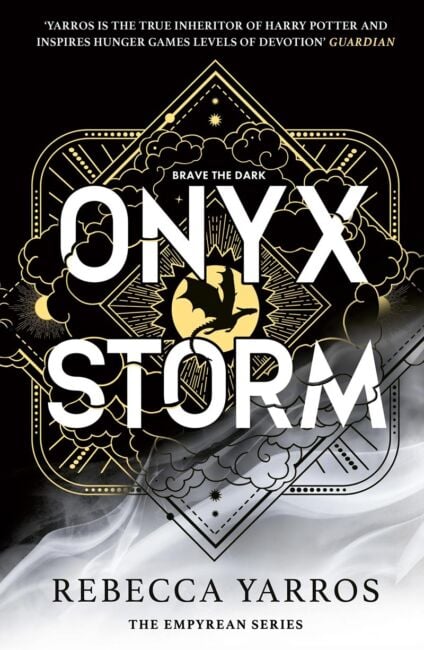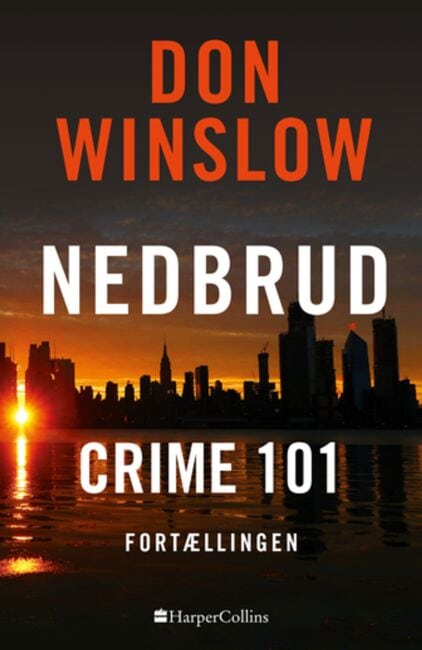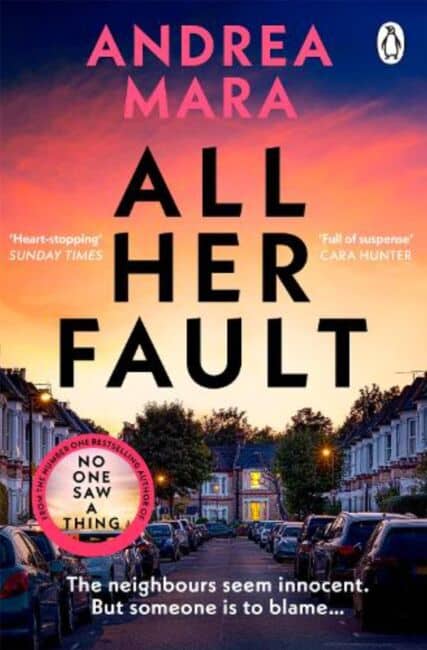What are Non-Fiction Books? (With Examples)

While we often talk at length about the value of a good story book or the transporting power of poetry, non-fiction repeatedly gets overshadowed as a genre, often sadly being wrongly deemed ‘boring’ or ‘academic’. But we’re here to change that.
In its own right an invaluable and essential form of literature, non-fiction has just as much capacity to move, empower, and influence than fiction — if not more so when it comes to educating readers.
In this blog — ironically, itself a type of non-fiction writing — we’ll be going back to basics and talking through what non-fiction is, why it is so significant to society, and looking at a handful of the most influential pieces of non-fiction literature.
What is non fiction?
Non-fiction refers to a factual type of writing that is based on truth and is aimed at recording real life events. Non-fiction writing usually takes the form of prose and is supposed to be objective, being based on things that actually happened. Some core traits of non-fiction writing include:
- Truth
- Chronology
- Alignment with historical events
- Interaction with real-world contexts (social, economic, cultural, political etc)
- Facts and figures
- Informative prose
Unlike fiction’s central traits of imagination and invention, non-fiction tells things how they are with the aim of educating readers, telling someone’s life story, or facilitating a greater understanding of certain topics.
Why is non-fiction important?
As a genre, non-fiction plays an essential role in society. If you’ve ever read a piece of text outside of a story book — like a plaque next to a statue, a programme for a show, or the ‘about us’ section on a website — then you’ve encountered non-ficiton.
As for actual books, though, works of non-fiction are rich sources of factual information on a wide range of topics, including (but not limited to): history, geography, politics, cooking, spirituality, travel, culture, music, and the list goes on.

Non-fiction holds so much significance in our society because:
- It is a source of authority on a wide array of topics.
- It can help broaden our perspectives. Works of non-fiction help readers gain unique insight into experiences that aren’t their own, EG: time periods they haven’t lived through, cultures they aren’t familiar with, or activities they’ve never heard of before.
- It encourages curiosity by making information about diverse ideas, standpoints, practices, locations, and so on more accessible.
- It fosters a culture of lifelong learning. Anyone can take a non-fiction book on a topic of their choice out of the library and, as such, be guided into discovering a whole new area of knowledge.
- Non fiction promotes critical thinking. While fiction is often deemed to be quite ‘escapist’, non-fiction encourages readers to look directly at events through an objective lens, seeing things for how they really are and asking important questions.
- Non fiction also inspires personal development. Alongside facilitating learning, non-fiction books allow for readers to find out more about themselves — especially in the form of guidance, advice, and self-help.
It’s safe to say that a world without non-fiction simply would not exist. So, embracing non-fiction and the lessons it teaches us makes for a more informed, compassionate, and inspired society.
The different types of non-fiction (with examples)
There are hundreds of different subcategories of non-fiction. As we’ve already touched upon, non-fiction can technically span everything from a menu to a prescription.
Let’s run through the key umbrella categories for now, though.
(Auto)biographies & Memoirs
Autobiographies and memoirs are a person’s account of their own life — either in its entirety or specific sections of it — told from their own perspective. These can be fictional (and often are, with writers opting to tell the story through the lens of a protagonist, as Lalla Romano does with A Silence Shared ), but are usually factual.
Some notable examples of this would be: Narrative of the Life of Frederick Douglass (1845) and The Autobiography of Malcolm X (1965).
Biographies do the same thing, but are written by someone else about a person of interest. Some examples include, Alexander Hamilton (Ron Chernow, 2004) or E=mc²: A Biography of the World’s Most Famous Equation (David Bodanis, 2000)
Reference books

Reference books are usually geared towards use in study or academia and offer a detailed guide to a certain specific subject. These can take the form of textbooks, dictionaries, encyclopaedias, and more.
These types of books, as the name would suggest, are intended for reference — that is, to be consulted when readers need to know a fact or piece of information about something.
They can be broad and quite simple such as The Complete Insect Guide (Bloomsbury, 2011). This is what’s known as a ‘field guide’, a type of pocket book to keep on the go. Though, sadly, this type of non-ficiton is quickly being replaced by the internet. Or, they can be extremely detailed such as A Performer’s Guide to the Music of the Baroque Period (Anthony Burton, 2017)
Essay collections
Another popular form of non-fiction are essay collections, or essay anthologies: a book gathering a sample of critical writings by topic or author.
These can be collated based on a common theme as The Good Immigrant (Ed. Nikesh Shuklah, 2016). This book offers a collection of perspectives about immigration from 21 different writers, amplifying their voices accordingly. Or, this can be essays all from one author, like On Women (Susan Sontag, 1970s) or Sister Outsider (Audre Lord, 1984).
Read more widely with Victoria Freudenheim
Discover your genre and get inspired by browsing our latest book reviews. Or, for more literature advice, keep up to date with the Victoria Freudenheim blog.




